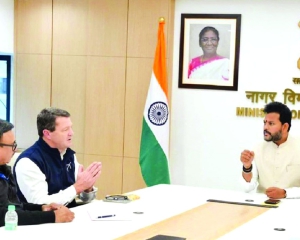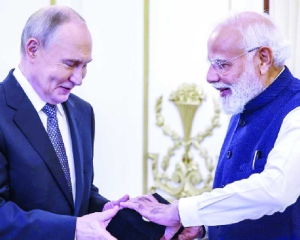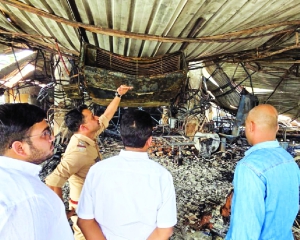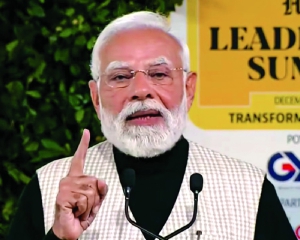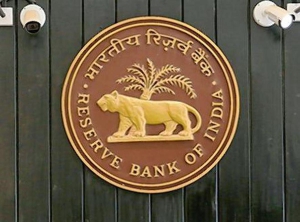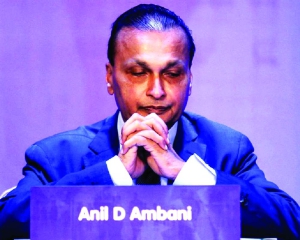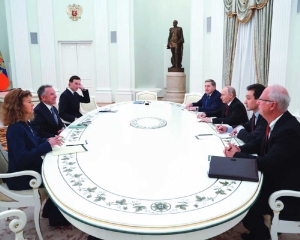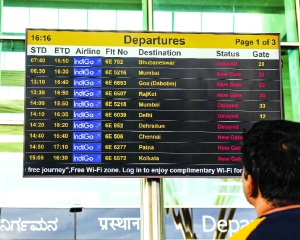Unlike the Farhan Akhtar film, the book introduces us to the real Milkha Singh, says Garima Verma
The Run of My life
Author: Milkha Singh
Publisher: Rupa, Rs 250
Soon after watching Farhan Akhtar’s Bhaag Milkha Bhaag, as I was going through Milkha Singh’s autobiography, The Race of My life, I wondered with a tinge of sadness: “Why can’t we make a good biopicIJ Why do we need to put in ‘superheroic’ elements to showcase the life of a legendIJ” Can’t he remain great despite his frailties and weaknessesIJ”
No doubt, Singh had set the tracks on fire in an era when the nation had hardly anything to celebrate, except perhaps the hyperbolic Nehruvian dreams. But to claim that he broke the world record, as the film does, was ludicrous. The autobiography helps put the fact right. The official report of the 17th Olympics, held in Rome in 1960, clearly credits the standing 400m world record to American sprinter lou Jones. The previous record of 45.9 seconds was made by Jamaica’s George Rhoden and Herb McKenley at 1952 Olympics in Helsinki. Jones ran the distance in 45.2 seconds at los Angeles in 1956. As per Bhaag Milkha Bhaag, Singh made a new world record of 45.8 seconds just before the 1960 Olympics. Call it lack of research or a deliberate attempt to distort facts, but when Singh ran the distance in ‘record’ time, the world record mark had actually changed. The book safely — and rightly — credits him with bettering the previous Olympic record.
Unlike the cinematic overindulgence of linking the mistake on Singh’s part to take a look at his opponents in the dying moments of the race at the 1960 Olympics, which cost him a podium place, with his Partition scars, The Race of My life reveals what actually happened on that fateful afternoon of September 6 in Rome. “I started off by being ahead of the others, and at 250m-mark, I was running so perilously fast that I decided to slow down in case I collapsed — a fatal decision I regret even to this day. As I completed 300m, the three competitors right behind me came abreast and began to move ahead, and even though I increased my speed, trying to catch up with (Malcolm) Spence, who I had beaten in Cardiff (Sixth British Empire and Commonwealth Games), or the two before him, I could not wipe out the deficit of those six or seven yards. And thus, as fate would have it, my error of judgement at that crucial point in the race, had dragged me to the fourth position and destroyed all my chances of winning that elusive Olympic gold.”
It is after the Rome race that Singh of the movie goes into a reclusive mode and turns down the invitation from Pakistan — only to be persuaded by Jawaharlal Nehru. He then goes to lahore, wins the race, gets the title of the ‘Flying Singh’ and ends the movie on a high note.
The autobiography has a different version — that lahore happened well before Rome. It was in the early part of 1960 that Pakistan invited the Indian athletic team for the Indo-Pak Sports Meet. After having stunned the celebrated Pakistani runner Abdul Khaliq at the Tokyo Asian Games, 1958, Pakistan was building up the event as a revenge series. The Indian once again proved better to make Gen Ayub Khan give Singh the ‘Flying Sikh’ title and tell the ladies to lift “their burqas from their faces so that they could have a closer look at me”.
From surviving the horrors of Partition, making his way to India, trying to earn his daily bread through all sorts of means, legal or illegal, landing in jail, joining the Army to, finally, becoming the celebrated athlete, Singh’s life story is a perfect filmi material. Why would then anyone want to add more masala to itIJ
Forget Singh singing “nanha munna rahi hoon” in the film to woo his love interest before he joined the Army in 1952 (the fact is the song belongs to a movie that was released much later in 1962), other depictions in Bhaag Milkha Bhaag contradicts the picture The Race of My life so earnestly makes. life at his sister Isher Kaur’s place was definitely a bigger challenge for the real Milkha, surviving as he did with a meal a day. In this backdrop, watching Singh drink “two litres of ghee”, as he does in the film, offends our sensibilities. In fact, getting into the Army with the help of his brother was more than an attempt to save himself from poor diet (he would get dry rotis and onions at Isher’s place) and miserable work conditions (at a rubber factory) rather than a pledge to his sweetheart!
Unlike the filmi avatar, The Race of My life introduces us to the real Milkha Singh, who inspires us on every page of the book. Why then we need to further romanticise his lifeIJ Read this book to know the real Singh, and believe me your admiration for him will only grow. For respect, you don’t need to gulp two litres of ghee, create a world record which wasn’t there, and turn the chronology of events upside down.














